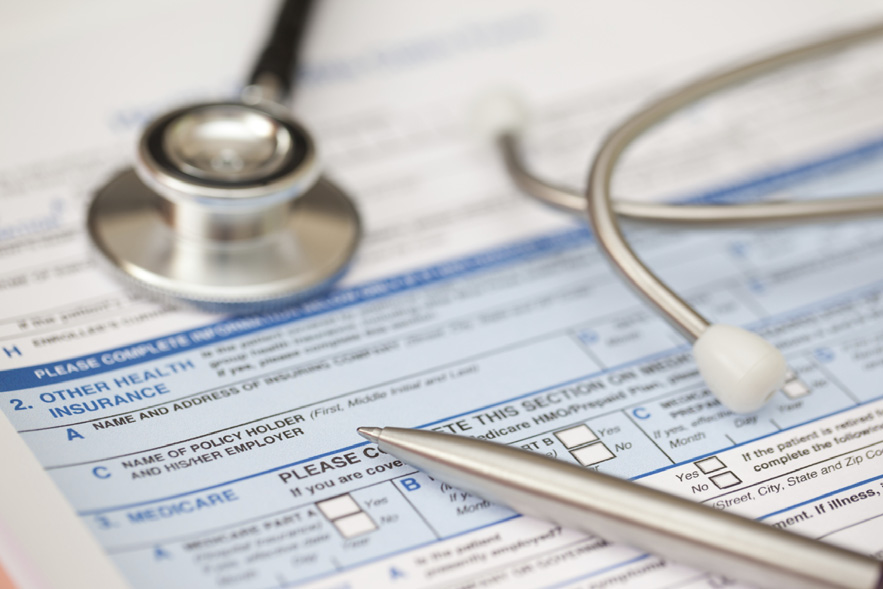On August 10, 2021, the IRS issued Revenue Procedure 2021-33 to provide safe-harbor guidance on whether businesses need to include certain government grants in gross receipts for purposes of determining eligibility for the employee retention credit (ERC). The guidance relates to PPP loan forgiveness on first draw and second draw loans, shuttered venue operator grants, and restaurant revitalization fund grants.
There was uncertainty as to whether these items of tax-free income were required to be included in gross receipts for purposes of determining eligibility to claim the ERC for applicable calendar quarters in 2020 and 2021 . Some advisors believed they should be included, and others did not. Absent the relief provided in the revenue procedure, the IRS acknowledged that PPP loan forgiveness amounts on first draw and second draw loans, shuttered venue operator grants, and restaurant revitalization fund grants would have been includible in gross receipts for purposes of the gross receipts test.
The revenue procedure now provides a safe harbor that allows businesses to exclude these grants and forgiveness amounts from the definition of gross receipts solely for the purpose of determining eligibility to claim the ERC. The only condition is that the business apply the safe harbor consistently from quarter to quarter, and between or among businesses that are treated as a single employer under the aggregation rules. Nothing special needs to be done to claim the safe harbor; the business just excludes the items from its gross receipts for purposes of determining eligibility for the ERC.
The safe harbor is optional, but it would be unusual for any business not to take advantage of the safe harbor. The IRS also pointed out that the safe harbor applies only for purposes of determining eligibility for the ERC, and not for any other tax purpose. Employers must retain records to support the amount of the ERC, including their use of the safe harbor.
What Does This Mean for Businesses?
This is great news. It is now a little bit easier for businesses to qualify for the 2020 ERC and the 2021 ERC. Any business that did not previously qualify because it did not satisfy the gross receipts tests (more than 50% QoQ decline for the 2020 ERC, and more than 20% QoQ decline for the 2021 ERC) should redo its gross receipts calculation while taking advantage of the safe harbor.
A Final Word On The Taxability Of These Government Benefits
It is worth taking a minute to review the tax rules that apply to these government grants, particularly since some of the rules have changed over time. For PPP loan forgiveness amounts on first draw and second draw loans, shuttered venue operators grants, and restaurant revitalization fund grants, the tax rules are the same – no amount is includible in gross income and there is no expense disallowance for the wages or other expenses that gave rise to the forgiveness or to the grant.
With regard to the ERC itself, the amount of the ERC is not includible in gross income but the wages giving rise to the ERC are disallowed as tax deductions, effectively making the amount of the ERC subject to tax. Additionally, the IRS recently advised in Notice 2021-49 that ERC expense disallowance occurs in the year the qualifying wages are paid, not the year in which the ERC is claimed or received. Thus, wages giving rise to the 2020 ERC are disallowed in 2020, and wages giving rise to the 2021 ERC are disallowed in 2021. This will cause many taxpayers to have to file amended tax returns or administrative adjustment requests if they already filed their 2020 tax returns. For a more nuanced analysis addressing cash basis and accrual basis taxpayers, see our prior published article.
reach out to your Withum advisor.
Business Tax Services






